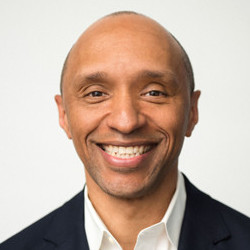By LEONARD D’AVOLIO

I’m in the waiting room of the New England Baptist Hospital. They just wheeled my father to the OR. It’s strange to be back.
Once upon a time, their Chief Medical Officer, Dr. Scott Tromanhauser asked for my help. He was interested in improving the outcomes of total knee replacement surgeries. Nearly 20% of all knee replacements do not improve outcomes. The greatest opportunity for improvement is reducing unnecessary surgeries.
This seems straightforward enough to the casual reader but in the upside down that is US healthcare, very few surgical centers in this country bother to learn if their surgeries make things better or worse. Doing anything that threatens to reduce volume is bad for business.
We pitched a concept to his Board of Directors.
“What if,” we proposed, “we could measure 1 year post-operative outcomes of every total knee replacement? We could share that data with our surgeons and see – for the first time – how our patients fared. With enough data, we could make personalized predictions of outcomes during a pre-operative consult visit. We could give people the information they need to make good medical decisions.”
They supported the idea. Yes, it might lead to fewer surgeries – but these were the surgeries that shouldn’t be conducted. Plus, it might be an edge during price negotiations with payors. Beyond that, they concurred, it was the right thing to do.
Scott and I celebrated the approval with a walk through the Mount Auburn Cemetery to visit the grave of Dr. Ernest Codman. It was his idea after all.

Dr. Codman, was a surgeon at Mass General Hospital in 1905 when introduced his “End Results System.” In it, he proposed that every hospital capture data before, and for at least one year, after every procedure. This was to find out if the procedure was a success and if not, to ask “why not?” Codman wanted patients to have this information. How else would outcomes improve? How else would patients make good medical decisions?
Now, more than 100 years later, we would bring his idea to life, just miles down the road from where he introduced it.
Continue reading…












